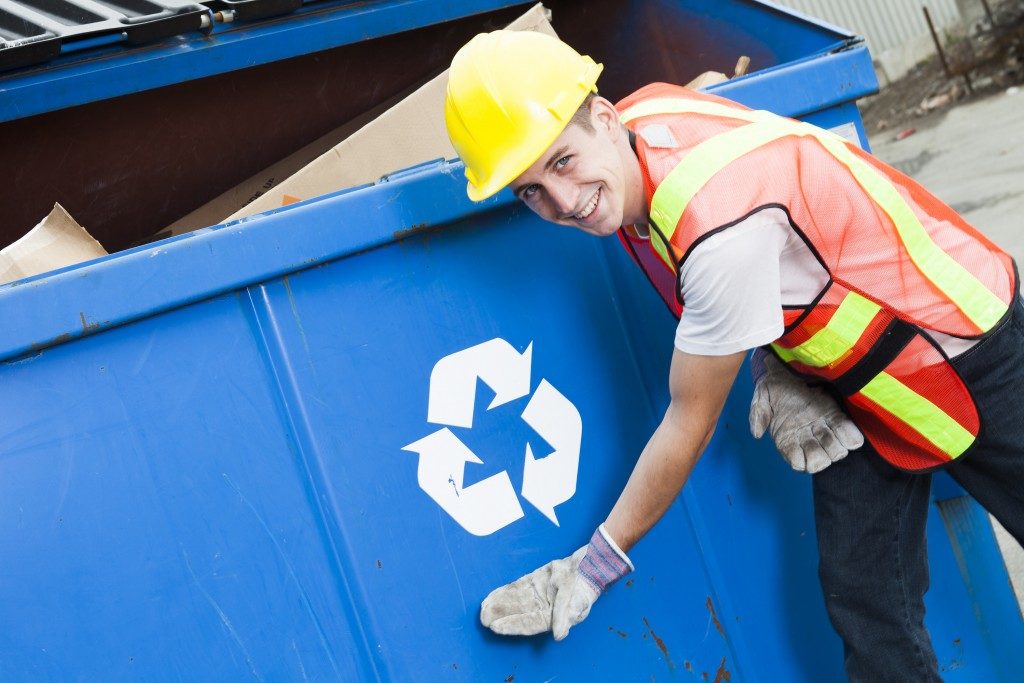When people throw trash in a garbage bin, most wouldn’t care what happens next or where would the trash go. After all, people feel little or no attachment to items they don’t need or have no use of anymore. But where does trash exactly go after it is picked up by the garbage truck? If asked this question, people would probably answer, “The landfill.” However, not all garbage ends up there. Where trash ends up depends on the waste management policies in a region, state, and sometimes even the city or municipality.
Trash can take a combination of one of the following routes:
The First Stop: Transfer Stations and Material Recovery Facilities
A transfer station is usually the first stop after trash has been collected by a trash removal company, especially when there is no nearby landfill in the area. Transfer stations serve as temporary holding areas where trash is compacted and readied for loading into larger trucks that will carry it to its final resting place, such as the landfill.
Trash may also be transported to a material recovery facility, where it is sorted out to recover useful or recyclable material from the waste stream. State-of-the-art material recovery facilities use technology such as magnets, shredders, and separators.
The Final Resting Place
After being sorted and compacted, trash is then taken to one of the following destinations where it is stored, recycled, and in some cases, used to make energy:
Landfills
A landfill site is the oldest and most widely used form of waste treatment method. It is carefully built into or on top of the ground to make sure that waste is isolated from surrounding groundwater, air, or land. Landfill isolation is accomplished by a bottom liner, typically of plastic, gravel, or clay, and daily covering of soil. Under this oxygen-free environment, waste will eventually decompose, though at a slow rate.

Recycling Centers
Recycling centers are facilities that accept, store, and process recyclable materials. Below is a list of materials commonly accepted at a recycling center:
- Scrap Paper: Used paper, old notebooks and books, cardboard, newspapers
- Glass Bottles: Beer, soda, hard liquor, broken or cut glass
- Plastic: Clear plastic cups, PET plastic bottles, hard plastic (feeding bottles and CD cases)
- Metals: Aluminum, copper, bronze, and etc.
- Electronics: Scrap monitor, CPU, ink cartridges, mouse, printer, keyboard
Composters
Composters process organic waste into a soil conditioner or fertilizer for municipal or consumer use. Some examples of compostable materials are fruit and vegetable scraps, coffee grounds, eggshells, shredded newspaper, and straw.
Waste-to-Energy Plants
Waste-to-energy plants or trash incinerators burn solid waste to generate heat and electricity. The combustion chambers of waste-to-energy facilities operate up to 1,800 degrees Fahrenheit, hot enough to turn trash into ash. Many of these facilities use modern pollution control methods to clean emissions and to lessen impact on the environment.
So, where does trash go? As it stands today, most of people’s garbage still ends up in landfills. However, some trash also goes to a number of places, such as recycling centers, composters, and waste-to-energy plants where trash is processed into reusable materials.

